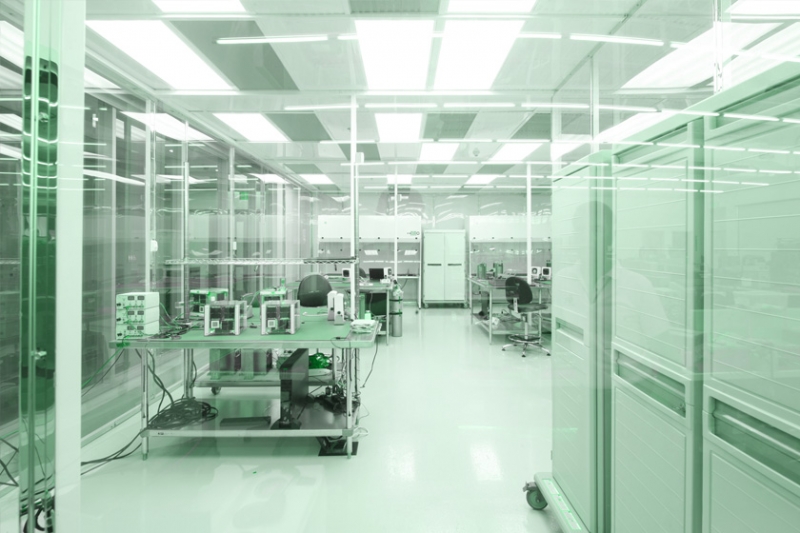Installation Qualification
Installation qualification activities for a new cleanroom typically include the following items:
- Verification that the materials of construction are as specified (e.g., Epoxy Terrazzo flooring, smooth hard walls compatible with cleaning chemicals such as phenolic compounds or sodium hypochlorite, etc.)
- Verification of adequate lighting (typically defined in user requirements) at work height
- Verification of appropriate installation of air handling units and ductwork or laminar flow units
- Verification that air handling ductwork has been adequately cleaned. This is very important, as improperly cleaned ductwork can cause HEPA leaks in some cases.
- Verification that the specified HEPA or ultra-low particulate air (ULPA) filters have been installed and installed properly Verification of location and size of returns
- Verification of instrumentation type, location, and installation
- Verification of installation of air handling units or laminar flow units.
Operational Qualification
Operational qualification for a clean room might include the following:
- Verification of proper operation of air handling units, humidifiers and dehumidifiers, duct heaters, smoke alarms, dampers, and other controls
- Verification of proper operation of the building management system (BMS) or other control system for the cleanroom
- Measurement of vibration and noise in the cleanroom
- Cleanroom classification activities
Cleanroom Qualification
Classification of a cleanroom is typically performed according to ISO 14644-1 and its supporting documents. Typical activities involved in classification of a cleanroom include the following:
- Certification of HEPA filters, as discussed in the previous column.
- Measurement of airflow velocity and airflow volume. For Grade A areas, airflow velocity is measured using an anemometer or micro manometer at several points across each filter.
- Air changes per hour are calculated by dividing the supply volume in cubic feet or cubic meters per hour by the room volume in cubic feet or cubic meters.
- Measurement of differential pressures between rooms. This is typically accomplished using an electronic micromanometer or differential pressure gauge.
- Particulate classification is performed per ISO 14644-1 and its associated documents, using a standard discrete particle counter (DPC). Each room in the complex should be verified as meeting the ISO Class or EU Grade for the activities performed in that room.
- Airflow visualization. This is performed in all Grade A processing areas to demonstrate that the airflow is appropriate for aseptic processing. Airflow visualization will be the topic of an upcoming column.











